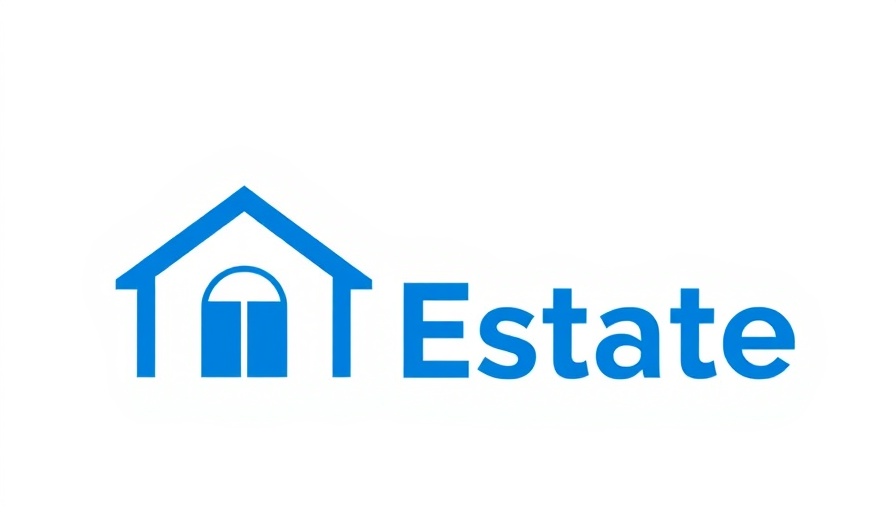
Understanding the Selling Process: Avoiding Costly Missteps
Selling a home can feel like a rollercoaster—one moment you're thrilled with the prospect of a new beginning, and the next, you're overwhelmed with decisions that could impact your finances significantly. Zillow's recent survey sheds light on common pitfalls that homeowners often stumble upon during this crucial time.
Investing in Projects: The Right vs. Wrong
It's a common misconception that large renovations will automatically lead to a higher sale price. According to Zillow, nearly 23% of homeowners believe that building an addition offers the best return on investment. In reality, simple cosmetic updates often yield a better payoff. Attention to detail—such as fresh paint and improved landscaping—can elevate a property's appeal without straining your wallet. Christina Pappas, an industry expert, states, "A strong first impression is crucial; it can be the difference between a swift sale and a prolonged listing." A thoughtful presentation, effective marketing strategies, and strategic updates can enhance buyer interest.
The Digital Influence: Screen Appeal Matters
Today’s buyers often form their first impression online, making 'screen appeal' just as important as traditional curb appeal. Despite this growing trend, 40% of homeowners still believe curb appeal reigns supreme. However, homes showcased with high-quality images and immersive online tours tend to sell faster and for higher prices—up to 2% more according to Zillow. Ensuring an attractive digital presentation is essential in capturing potential buyers' attention in a crowded market.
Hiring the Right Help: Don’t Skip the Essentials
Choosing a real estate agent is one of the most important steps in selling a home, and yet, many homeowners overlook essential steps. Surprisingly, 25% of sellers consider skipping reviews, sales history research, and interviews when selecting an agent. These steps are crucial to ensuring that you find someone knowledgeable who can accurately price your home and provide essential insights into the local market.
Highlighting Features: What Really Matters?
Homeowners often highlight trendy features like open floor plans, but nearly 45% of owners think these will enhance resale value. Contrary to this belief, homes with natural materials, such as white oak flooring and stone countertops, have been shown to command a higher price. Recognizing what buyers truly seek can help sellers better position their property and avoid missteps.
Disclosures: Transparency is Key
One of the most significant areas where confusion arises is in seller disclosures. A concerning statistic shows that more than half of homeowners incorrectly believe they should hide issues like structural problems or pest infestations. Honesty in disclosures not only builds trust but can also prevent legal issues after the sale.
Empowering Homeowners: Bringing It All Together
Being informed and making smart decisions enhances your ability to navigate the home-selling landscape successfully. Homeowners can avoid common pitfalls by focusing on appealing presentations, effective marketing, and strategic updates in their homes. Furthermore, transparency in disclosures fosters a trustworthy relationship with potential buyers.
For those embarking on the home-selling journey, keeping these insights in mind can empower you to make savvy choices that could save you thousands down the road. Ensuring your home is ready for sale, understanding the current market, and working with professionals who have your best interests at heart are key steps that can translate to better financial outcomes.
As you proceed on your selling journey, remember that preparation is your best ally. Don't miss out on putting your home in the best light!
 Add Row
Add Row  Add
Add 




Write A Comment